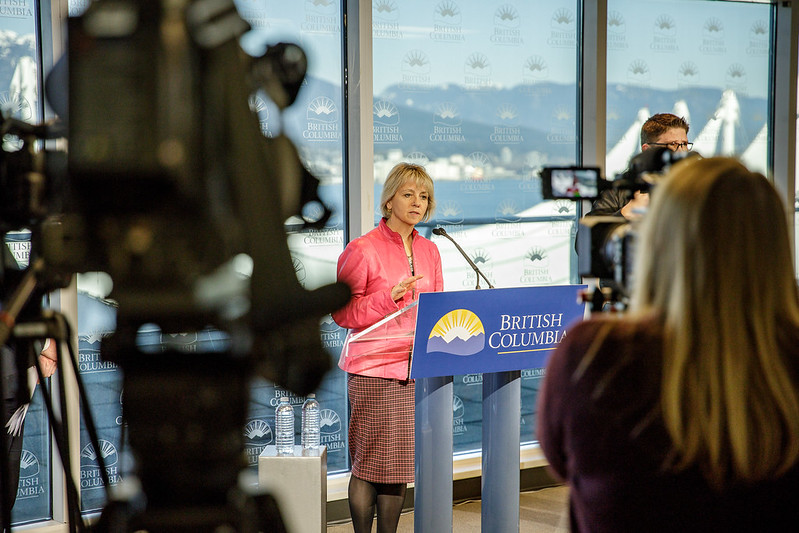Courtesy of the Times Colonist
Everyone by now should be familiar with the graph that Dr. Bonnie Henry and others use to explain what “flattening the curve” means in the COVID-19 pandemic. On the left, we see a short but high peak of infections, well exceeding the capacity of the health-care system to manage it, resulting in the breakdown of the system.
The lower but longer curve going off to the right shows what happens if we manage the pandemic well and spread out the impact of the disease over a longer period of time. We may get as many cases overall — although fewer, ideally — but by spreading out the impact, we can remain within the health-care system’s capacity and avoid a crisis.
That same chart can also be applied to the two greatest challenges we face today. The first is an ecologically unsustainable economy and way of life that threatens to overwhelm Earth’s natural systems, leading to their collapse. The second is the obscene levels of inequality we are experiencing, which threatens to lead to social unrest, perhaps even to social collapse.
It was Bill Rees, emeritus professor of human ecology and ecological economics at the University of B.C., who alerted us to the sustainability application of the COVID-19 chart.
In an article last month in the Tyee, he used his own version of the chart to show how our present way of life might lead to societal and population collapse. The brief high peak represents the rapid increase in our collective impact on the Earth in the past 70 years or so, something that Earth system scientists have called “The Great Acceleration.”
As with COVID-19, this demand far exceeds the system’s capacity — only this time, we are talking about the Earth’s biocapacity. So far, we have only seen the ascending part of this chart. But as with any species that exceeds the carrying capacity of its ecological niche, at some point the curve reaches a peak and starts to decline; we might call it “The Great Deccelaration.”
As Earth systems fail and the “ecosystem goods and services” that we depend upon decline, so too will societies and populations; some may even collapse. So we need to transition rapidly to the second curve, flattening our demand to fit within the Earth’s capacity to sustain us — and all other species too.
However, while I have descibed “our” impact on the Earth, that impact is far from equal. High-income countries such as Canda, and rich people everywhere, take far more than our fair share of the Earth’s resources. Meanwhile, low-income countries and people living in poverty — especially in low- and middle-income countries — take far less than their fair share. As a result, they lack the wealth needed to meet even their basic needs, which include clean water, sanitation, adequate food, decent shelter, basic education and health care.
Which takes me to the second challenge: Extreme inequality and poverty. I am grateful to my friend Robert Oppenheimer for suggesting that this inequality curve also needs flattening, leading to a more equitable distribution of wealth, power and resources.
The obscene level of inequality is highlighted in the annual Oxfam reports on poverty. Their 2020 report stated “the world’s 2,153 billionaires have more wealth than the 4.6 billion people who make up 60 per cent of the planet’s population.”
Moreover, the gap is rapidly increasing, the 2019 report noted: “Billionaire fortunes increased by 12 per cent last year — or $2.5 billion a day — while the 3.8 billion people who make up the poorest half of humanity saw their wealth decline by 11 per cent.”
In this case, we can think of the “COVID curve” as representing the concentration of wealth among the wealthy on the left of the curve, with very little left over for the vast bulk of people to the right of that peak. Flattening the curve means spreading the wealth out more evenly; a small wealth tax would help do that.
The wonder is that the level of inequality we observe today has not caused more social unrest than it has. Don’t count on that lasting, especially if we also fail to flatten the unsustainability curve.
“Flattening the curve” needs to be a key focus for society today.
thancock@uvic.ca
Dr. Trevor Hancock is a retired professor and senior scholar at the University of Victoria.
